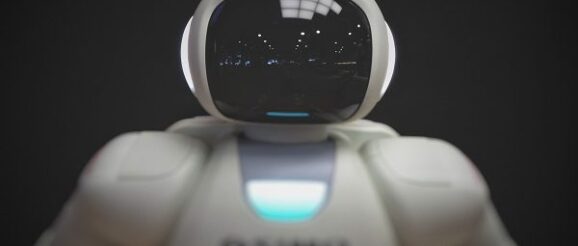Artificial Intelligence in the 90s: A Decade of Innovation and Challenges

Introduction: The 1990s marked a pivotal era for the development of Artificial Intelligence (AI), witnessing both unprecedented innovation and formidable challenges. As technology advanced, researchers and enthusiasts alike grappled with the possibilities and limitations of AI. This article delves into the landscape of AI during the 90s, exploring the breakthroughs that defined the decade and the hurdles that shaped the trajectory of artificial intelligence. The Rise of Machine Learning: One of the key advancements in AI during the 90s was the rise of machine learning algorithms. Researchers explored new techniques, such as decision trees and neural networks, to enable machines to learn from data and improve their performance over time. This era witnessed the application of machine learning in various domains, from finance to healthcare, revolutionizing the way tasks were automated and decisions were made. Challenges of Limited Computing Power: Despite the promising strides in machine learning, the 90s were marked by the constraint of limited computing power. AI algorithms demanded substantial computational resources, restricting the scale and efficiency of their applications. This challenge prompted researchers to explore ways to optimize algorithms and develop more powerful hardware, laying the groundwork for future advancements in AI. Natural Language Processing (NLP) Breakthroughs: The 90s were also a significant period for advancements in Natural Language Processing (NLP). Researchers focused on enhancing machines’ ability to understand and generate human language, paving the way for applications like language translation, sentiment analysis, and chatbots. These breakthroughs laid the foundation for the language capabilities we see in AI systems today. Expert Systems and Knowledge Representation: Another notable development in the 90s was the widespread use of expert systems – AI programs designed to emulate the decision-making ability of a human expert. These systems relied on extensive knowledge bases and rule-based reasoning. However, challenges arose in representing and organizing knowledge effectively, leading to the exploration of new methods and frameworks. The AI Winter: Challenges and Setbacks: Despite the promising developments, the 90s also witnessed a period known as the “AI winter.” Funding and interest in AI research dwindled due to overinflated expectations and unmet promises. This downturn in enthusiasm led to a temporary slowdown in AI progress, forcing researchers to reevaluate their approaches and set more realistic expectations. Emergence of Practical Applications: Towards the end of the decade, AI started to find practical applications in industries such as finance, healthcare, and manufacturing. Expert systems were deployed for tasks like risk assessment and diagnostics, showcasing the tangible benefits of AI in real-world scenarios. This shift marked the beginning of a more pragmatic approach to AI development. Ethical Concerns and Social Implications: As AI technologies became more prevalent, ethical concerns and social implications came to the forefront. The potential for job displacement, biased algorithms, and privacy issues raised questions about the responsible development and deployment of AI. This led to increased discussions around the need for ethical guidelines and regulations in the AI field. The Legacy of the 90s in Modern AI: The innovations and challenges of the 90s continue to shape the landscape of modern AI. Lessons learned from the AI winter prompted a more measured and realistic approach to AI development. The emphasis on ethical considerations has resulted in ongoing efforts to ensure that AI technologies benefit society as a whole. Conclusion: The 1990s stand as a transformative decade in the history of Artificial Intelligence. From the rise of machine learning to the challenges of limited computing power and the emergence of practical applications, this era laid the foundation for the AI landscape we navigate today. As we reflect on the innovations and challenges of the past, we gain valuable insights that guide the responsible and impactful development of AI in the future.
